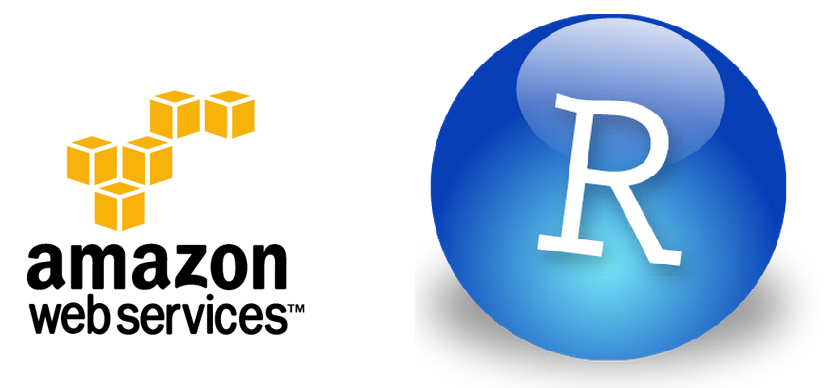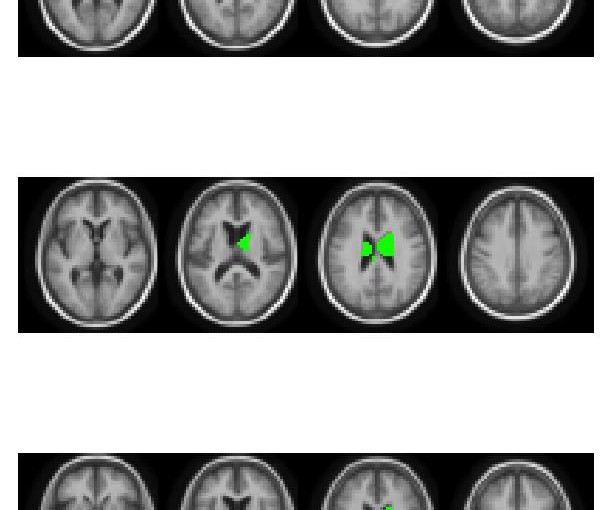(this is a guest post by Liad Shekel)
Amazon Web Services (AWS) include many different computational tools, ranging from storage systems and virtual servers to databases and analytical tools. For us R-programmers, being familiar and experienced with these tools can be extremely beneficial in terms of efficiency, style, money-saving and more.
In this post we present a step-by-step screenshot tutorial that will get you to know Amazon EC2 service. We will set up an EC2 instance (Amazon virtual server), install an Rstudio server on it and use our beloved Rstudio via browser (all for free!). The slides below will also include an introduction to linux commands (basic), instructions for connecting to a remote server via ssh and more. No previous knowledge is required.
Useful links:
- Set up an AWS account (do not worry about the credit card details, you will not be charged for any of our actions) – the steps are presented in the slides below.
- Windows users: download MobaXterm (or any other ssh client software).
Mac users: make sure you are familiar with the terminal (cause I’m not).


